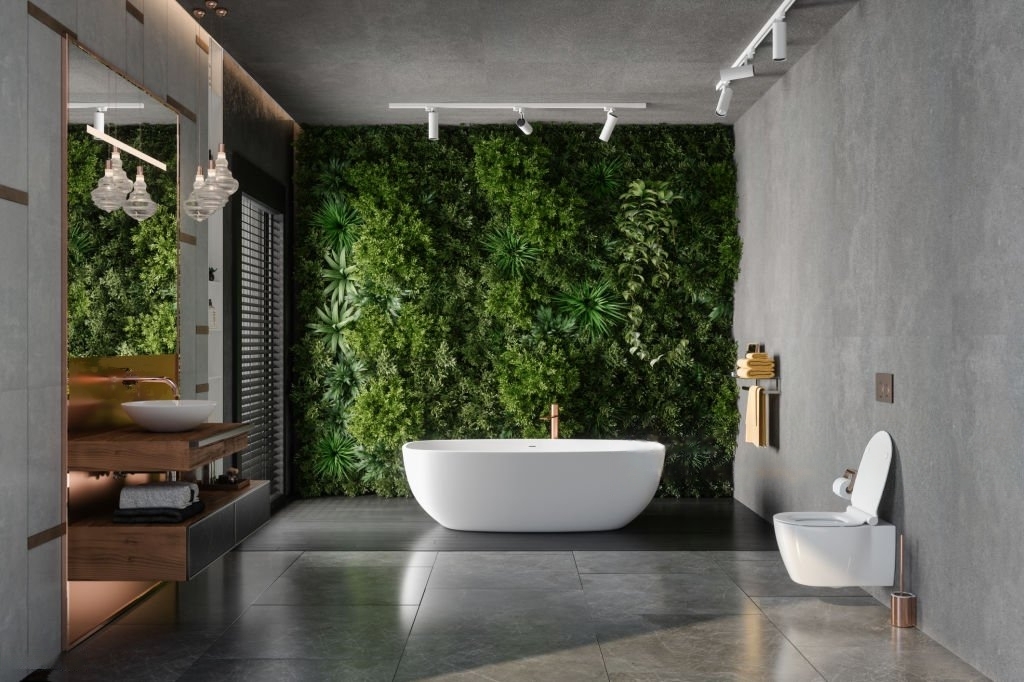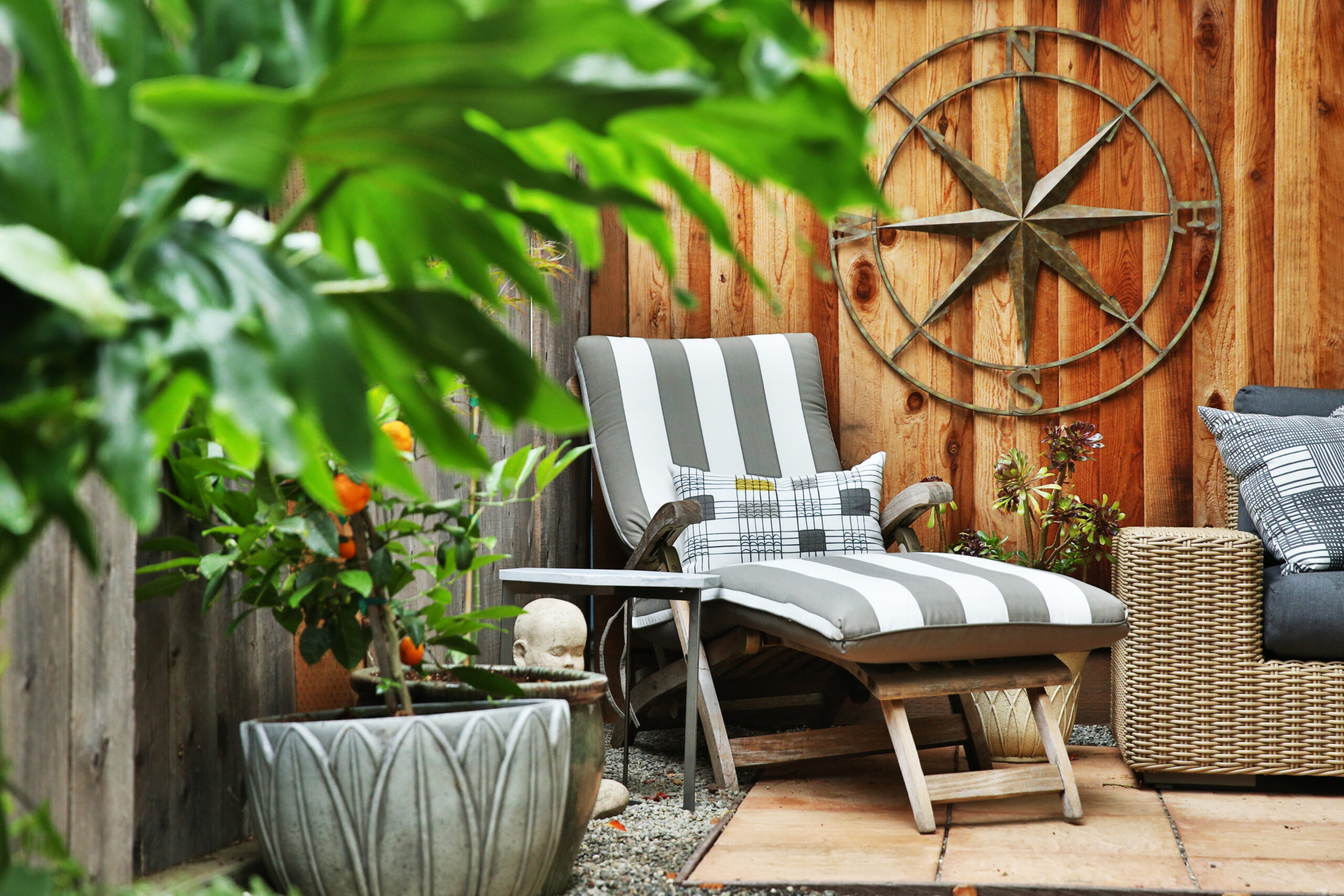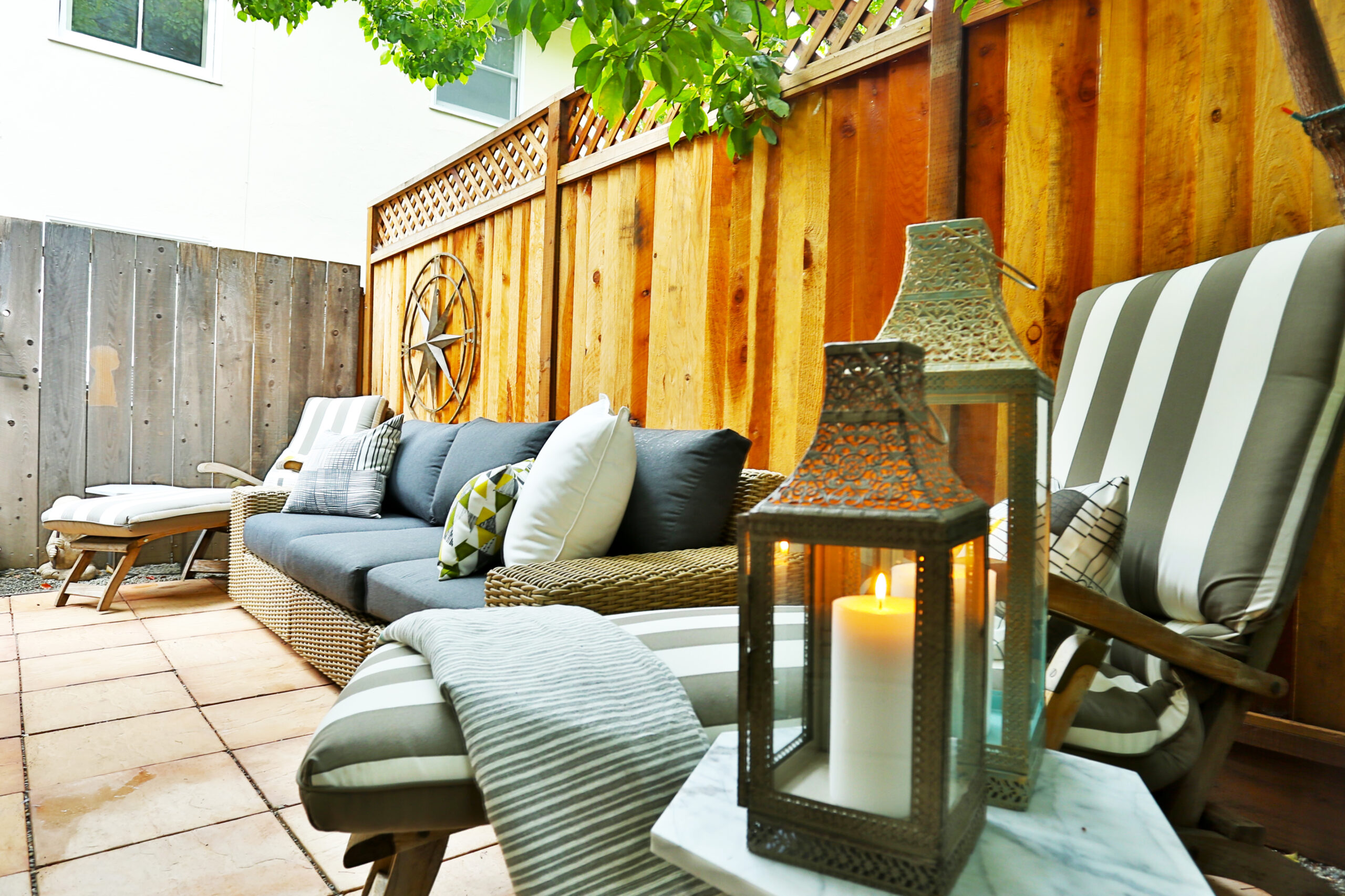




Human beings have always shared a deep connection with nature, nurtured over thousands of years. However, with the rise of urbanization and technology, many of us now live in environments distant from the natural world. Biophilic interior design bridges this gap, bringing the outdoors into our homes. By blending natural elements with modern living spaces, it helps create harmonious environments that support well-being, health, and tranquility.

Biophilic design is an innovative approach to architecture and interiors that incorporates natural elements into built environments. It goes beyond simply adding plants or nature-inspired artwork. Instead, it involves designing spaces to mimic natural settings, fostering a stronger connection to the natural world. This method can include integrating organic materials, natural light, and even water features, creating a holistic environment that nurtures body and mind.
At its core, biophilic interior design is about creating environments that reflect nature’s patterns, materials, and elements. The focus is on providing spaces that feel alive, rejuvenating occupants and improving their mental and physical health. This approach involves a thoughtful blend of textures, colors, and arrangements that evoke a natural ambiance while catering to modern lifestyle needs. Incorporating biophilic principles can transform even the most urban settings into serene, nature-inspired sanctuaries.

Biophilic interiors provide numerous benefits, making them an essential design choice:
The biophilic design trend reflects a growing desire to reconnect with nature in our living spaces. It blends sustainability with style, incorporating natural elements in ways that enhance both aesthetics and functionality. This trend is particularly popular among eco-conscious homeowners who prioritize wellness and environmental harmony. From incorporating greenery to using sustainable materials, it’s a movement that resonates deeply with modern lifestyles.
Despite its appeal, biophilic design can pose challenges. Space limitations, budget constraints, and urban settings often hinder full implementation. However, small adjustments—like adding modular green walls, foldable glass partitions, or digital nature prints—can make a significant difference. With creativity and the guidance of skilled designers, even compact spaces can transform into nature-inspired havens that align with biophilic principles.
Biophilic design redefines modern living by prioritizing health and harmony. Kanika Design, a leading interior design firm in the Bay Area, excels in creating nature-inspired spaces tailored to individual preferences. By seamlessly blending contemporary aesthetics with biophilic elements, Kanika Design crafts interiors that foster peace, well-being, and a profound connection to nature.
Ans: The three pillars are direct experiences with nature, indirect experiences with natural elements, and spatial configurations that mimic natural settings.
Ans: Incorporate plants, maximize natural light, and use organic materials like wood or stone to reflect nature’s essence.
Ans: Snake plants, ferns, pothos, and peace lilies are excellent choices for enhancing biophilic interiors.
Ans: It reduces stress, improves air quality, and fosters emotional and mental balance by reconnecting occupants with nature.
Ans: Yes, through compact green walls, small potted plants, and nature-inspired textures or art, even small spaces can embrace biophilic principles.
RECENT COMMENTS